A lush reserve in the far east of Tuscany, on the border withUmbria, among undulating hills and verdant valleys: it is here, in the municipal territory of Anghiari, between the Alpe di Catenaia and the Apennines, along the banks of the Sovara stream, that the Monti Rognosi Nature Reserve is located, a hidden jewel that enchants nature lovers and others. The Monti Rognosi Nature Reserve, established in March 1998 by Resolution of the Provincial Council of Arezzo, stretches from north to south over a vast territory, occupying an area of 1,500 hectares: they are called “mountains,” but in reality the heights are between 350 and 700 meters (the highest peak is Monte della Croce, which does not go higher than 680 meters). More hills, in short, than unreachable mountains. They do, however, have a very special appearance, since the Monti Rognosi are characterized by the constant presence of rocks of magmatic origin (that is, they were laid down by volcanoes that emerged on an ancient sea that reached here), with a dark, rough and rugged appearance (that is therefore where their name comes from): these are ultra-basic igneous rocks, called ophiolites, literally “snake-rocks,” because they take on a dark green coloring and can resemble, precisely, the skin of a snake.
Yet despite the ruggedness of these stones, each step within the reserve reveals a new wonder of nature. The biological diversity here is extraordinary: the Rognosi Mountains are home to various plant and animal species that have adapted to this territory. Pines are perhaps the tree most associated with this area, in the two species of maritime pine(Pinus pinaster) and black pine(Pinus nigra), which give rise to dense pine forests. Other plants typical of the Rognosi Mountains, and in general typical of the rugged terrain to which they have adapted well, are heather ( Erica arborea), broom(Spartium junceum), helichrysum(Helychrisum italicum) and juniper(Juniperus communis), all essences of the Mediterranean maquis. It is also not difficult to find tree species such as manna tree(Fraxinus ornus), farnia(Quercus robur) and downy oak(Quercus pubescens). Several species of orchids can then also be observed. For those who wish to explore the reserve thoroughly, a network of well-maintained trails offers the opportunity to fully immerse themselves in this verdant nature. Hikers of all experience levels will find trails suited to their abilities, and along the paths everyone can enjoy the serenity that only places still untouched by mass tourism can still provide.
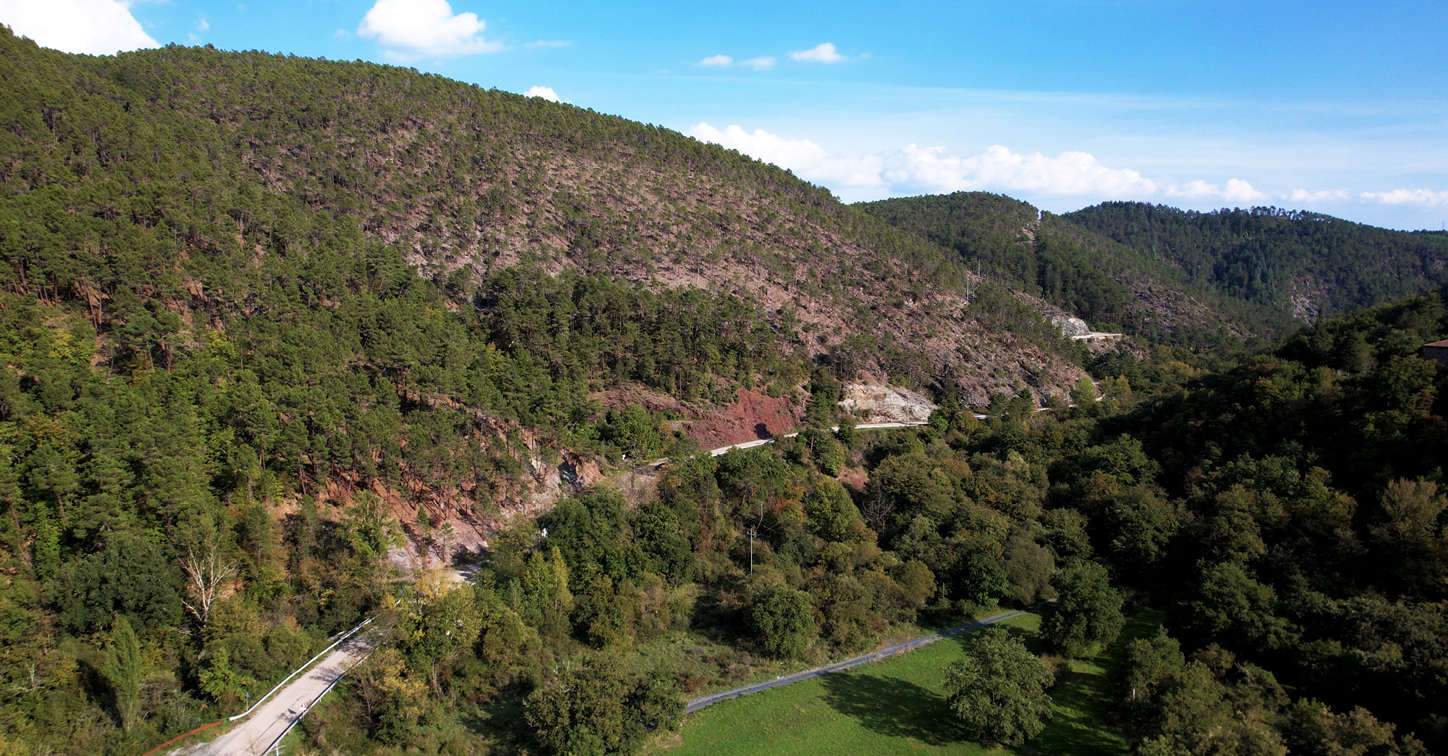
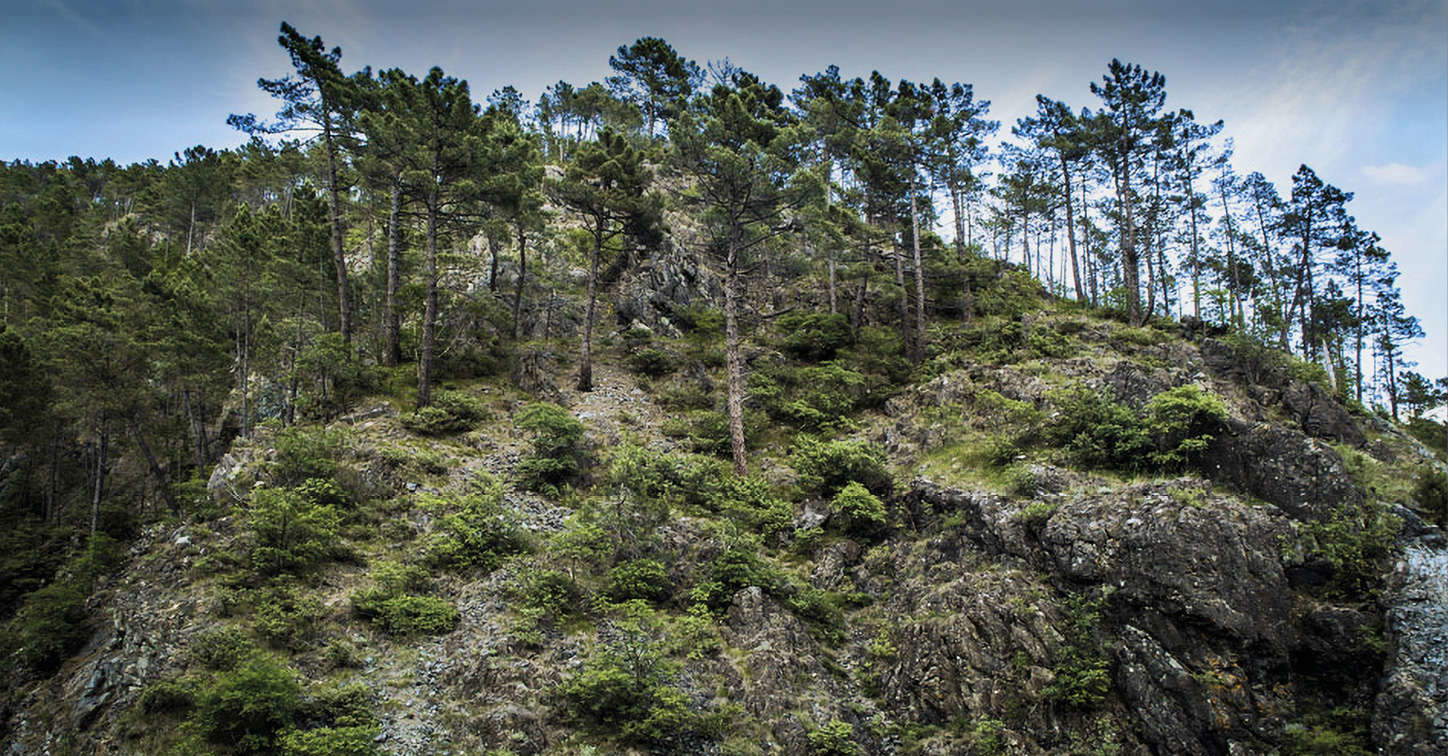
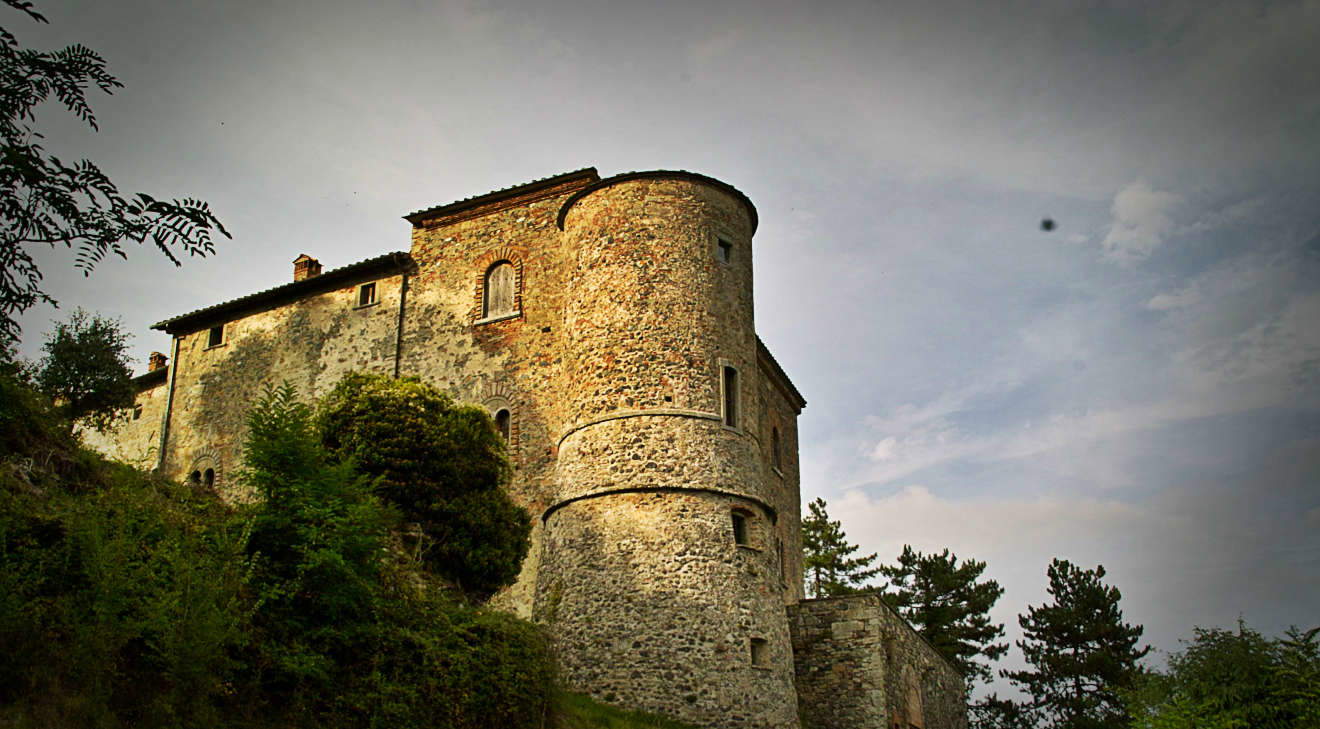
As for fauna, the Monti Rognosi are a paradise for birdwatchers, thanks to the extraordinary variety of birds: birds of prey such as buzzards, short-toed eagles, kestrels or the lesser-known lark, and then birds such as woodpeckers, nightjars, whitethroats, and Sardinian warblers. Among mammals one can come across wild boars and roe deer, while less frequent is the sighting of wolves, which, however, do not disdain the woods of the Monti Rognosi.
In addition to its naturalistic richness, the Monti Rognosi Nature Reserve is also a park filled with history. We are located in the Valtiberina, on the routes that lead from Arezzo to Rimini: from here, in particular, passed the Via Ariminensis, an ancient Roman military road that connected the two cities, skirting Anghiari and crossing precisely the Monti Rognosi. Even today the road is still traveled by shepherds leading their herds from the Apennines to the Maremma, so much so that this road is also known as the “merammana road.” And just thinking about history, one of the peculiarities of the Monti Rognosi the ancient buildings that are found among their forests. The most frequented by hikers is probably the Montauto Castle, which is located not far from the reserve. A construction that dates back to the Middle Ages, it was anciently the seat of the lords of Montauto, the Barbolani, small local feudal lords who maintained their prerogatives until 1815 (and who still reside there: they regained the manor after World War II, a period during which the castle was heavily damaged), and it held great strategic importance in the past, since its elevated position, on the top ci a mountain, allowed them to control the entire surrounding territory. Apparently, Saint Francis also passed through here, and in 1203 he is said to have given his habit to the nobleman Alberico II Barbolani (the relic would remain in the castle until the 16th century). Today the castle stands in its imposing appearance the result of 16th-century renovations, which, however, followed the shape of the original structure. Not too far from the Castle of Montauto is Castiglion Fatalbecco, another medieval military building, formerly the property of the Counts of Galbino, of which today, however, only the ruins remain, nestled in a pine forest on top of the Poggio di Castiglione and reachable by a hike of about three kilometers along two different paths that start near Anghiari. Further down the valley, on the other hand, is the Conventino, an ancient convent of Augustinian nuns that probably dates back to the 14th century, although it was renovated between the 17th and 18th centuries and today has the appearance of an imposing square building, softened, however, by Baroque decorative elements: it is a regular haunt of hikers because several trails that explore the Monti Rognosi start from here.
The Rognosi Mountains Nature Reserve is not only a place of extraordinary beauty, but also a crucial refuge for nature conservation. Numerous initiatives are put in place to educate visitors about the environmental values of this land. One can then visit the “Nature Factory,” or the Visitor and Environmental Education Center of the Monti Rognosi Nature Reserve (open from April to October, while outside established opening hours it is possible to book a visit), which is located in Ponte alla Pietra, a characteristic village built of stone as the name suggests, a short distance from Anghiari: the Nature Factory is a bit of a gateway to the Monti Rognosi, and here you can find an educational tour on the history, biodiversity, and environment of the Monti Rognosi. You can also book a tour of the park with an environmental guide-a way to learn more about the secrets of this land. Inside the Nature Factory, you can visit the archaeological section, the section dedicated to geology, the collection of rocks and minerals, the botanical section with in-depth information about the vegetation that has adapted to the ophiolites, the herbaria, the section on fauna, and the section on the mines and mining activities that have provided a living for the inhabitants of the Monti Rognosi over the centuries.
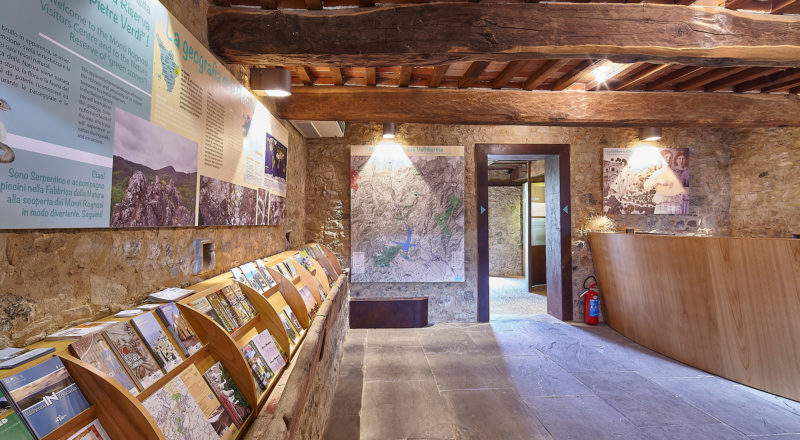 The
The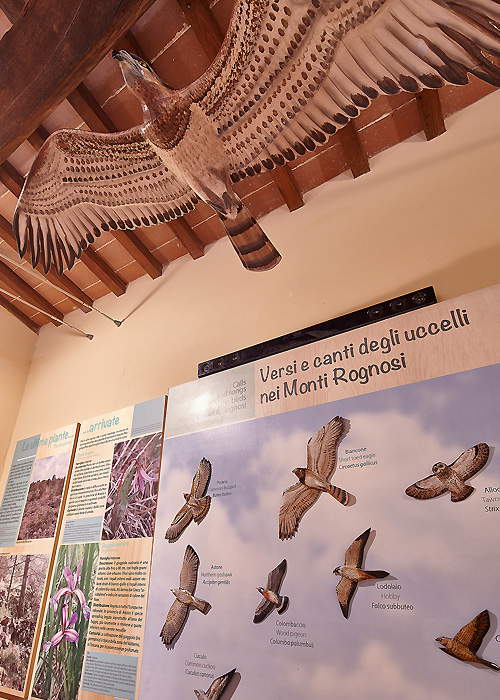 The
The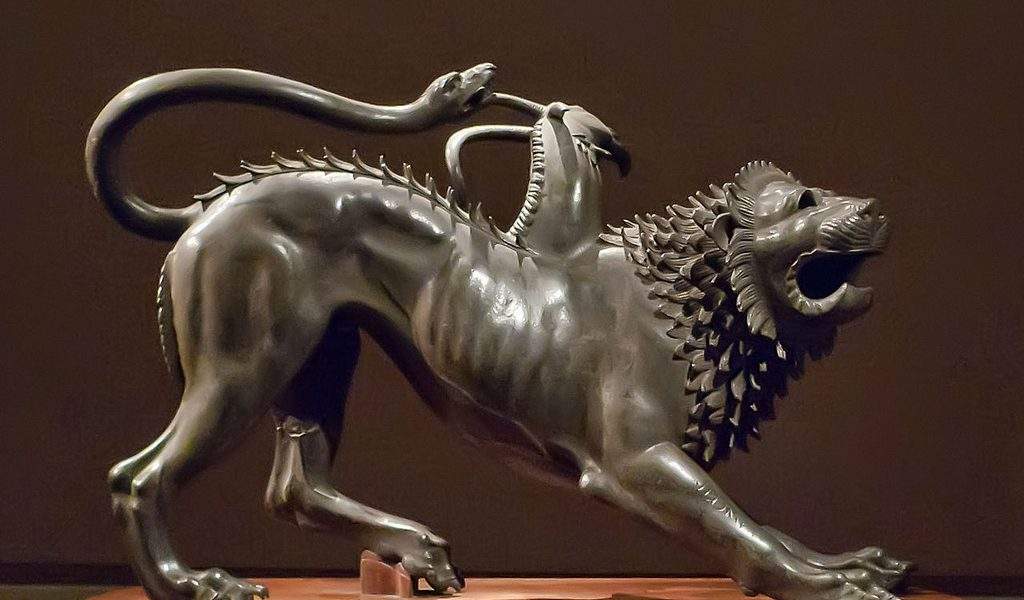
This territory has in fact been exploited for its raw materials (particularly copper) since prehistoric times, and metal mining was also practiced by the Etruscans and Romans (it is said that the Chimera of Arezzo, one of the most famous Etruscan works, was made from a bronze using copper from the Monti Rognosi), although the most copious mining activities are those that began in the modern age, particularly from 1569, when the Grand Duke of Tuscany, Cosimo I, initiated a policy of intensive exploitation of the grand duchy’s mineral resources. In the eighteenth century, the Ferriera plant was also built along the Sovara stream, which gave new impetus to the activities: however, mining was completely abandoned by the early nineteenth century, as it was scarcely profitable (the ruins of the Ferriera have recently been recovered and can be visited).
In an increasingly urbanized world, the Monti Rognosi Nature Reserve stands as a haven of peace, nature, and history. Its biological diversity, beautiful landscapes and the commitment of institutions to preserve intact the ecological heritage of this land make it a unique place to visit to preserve for future generations. Visiting this reserve means not only embracing the beauty of nature, but also contributing to its protection and sustainability.
 |
| Touring the Rognosi Mountains, in a little-known and unspoiled corner of Tuscany |
Warning: the translation into English of the original Italian article was created using automatic tools. We undertake to review all articles, but we do not guarantee the total absence of inaccuracies in the translation due to the program. You can find the original by clicking on the ITA button. If you find any mistake,please contact us.